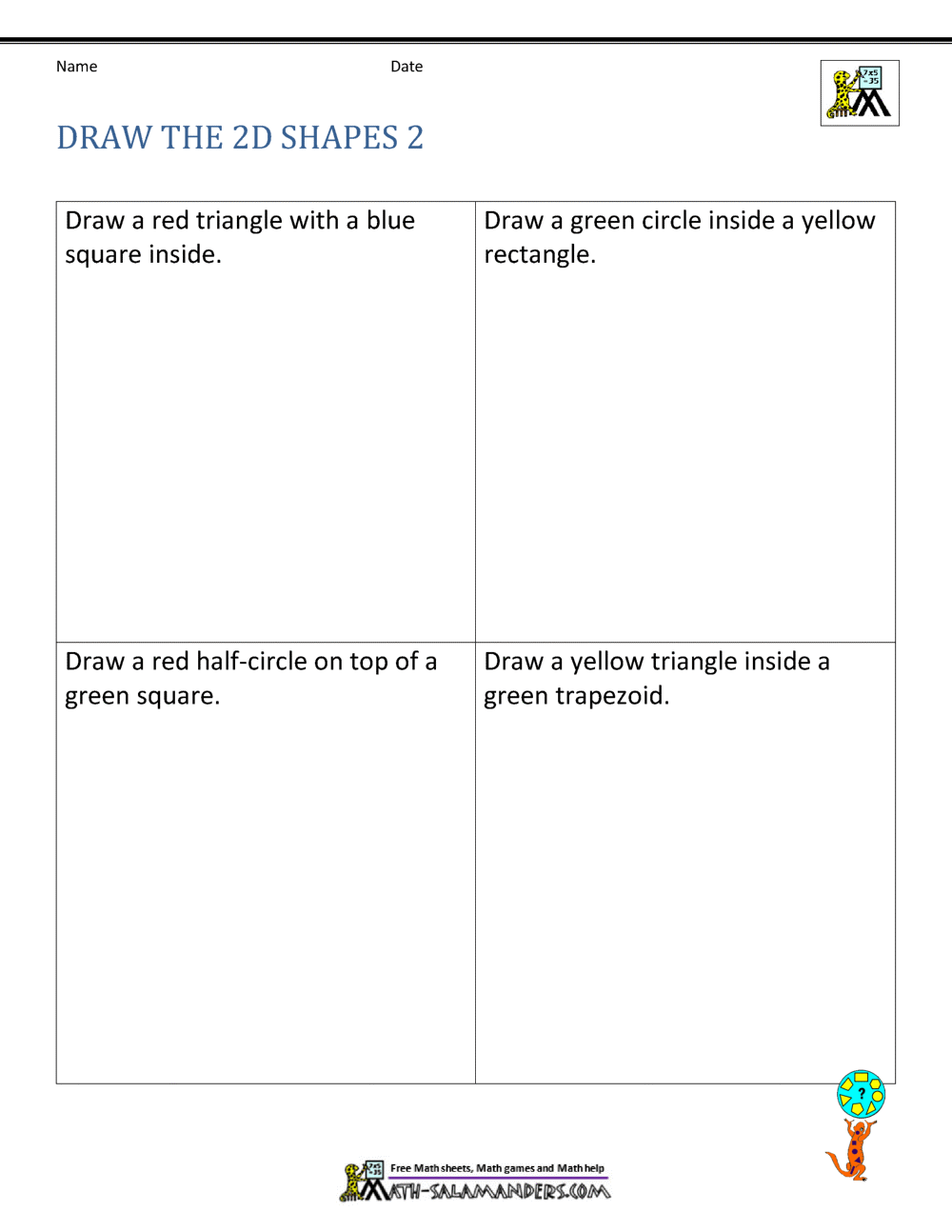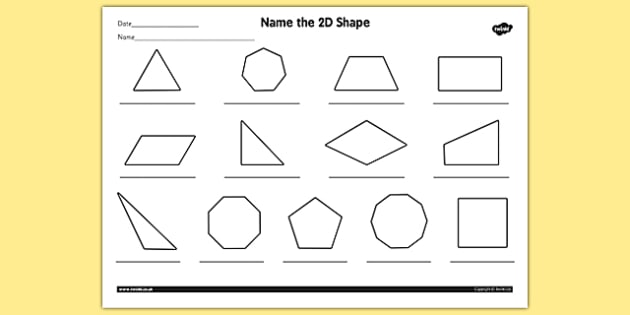

We here define ‘shape’ informally as ‘all the geometrical information that remains when location, scale and rotational effects are filtered out from an object.’

In this paper ‘shape’ is used in the vulgar sense, and means what one would normally expect it to mean. Mathematician and statistician David George Kendall writes:

Having the same shape is an equivalence relation, and accordingly a precise mathematical definition of the notion of shape can be given as being an equivalence class of subsets of a Euclidean space having the same shape. In other words, the shape of a set of points is all the geometrical information that is invariant to translations, rotations, and size changes. In geometry, two subsets of a Euclidean space have the same shape if one can be transformed to the other by a combination of translations, rotations (together also called rigid transformations), and uniform scalings. Some, such as plant structures and coastlines, may be so complicated as to defy traditional mathematical description – in which case they may be analyzed by differential geometry, or as fractals. However, most shapes occurring in the physical world are complex. square or circle), or a solid figure (e.g. Simple shapes can often be classified into basic geometric objects such as a point, a line, a curve, a plane, a plane figure (e.g. In advanced mathematics, quasi-isometry can be used as a criterion to state that two shapes are approximately the same. Procrustes analysis is used in many sciences to determine whether or not two objects have the same shape, or to measure the difference between two shapes. For instance, a hollow sphere may be considered to have the same shape as a solid sphere. Sometimes, only the outline or external boundary of the object is considered to determine its shape. For instance, the letters " b" and " d" are a reflection of each other, and hence they are congruent and similar, but in some contexts they are not regarded as having the same shape. Sometimes, two similar or congruent objects may be regarded as having a different shape if a reflection is required to transform one into the other.


 0 kommentar(er)
0 kommentar(er)
